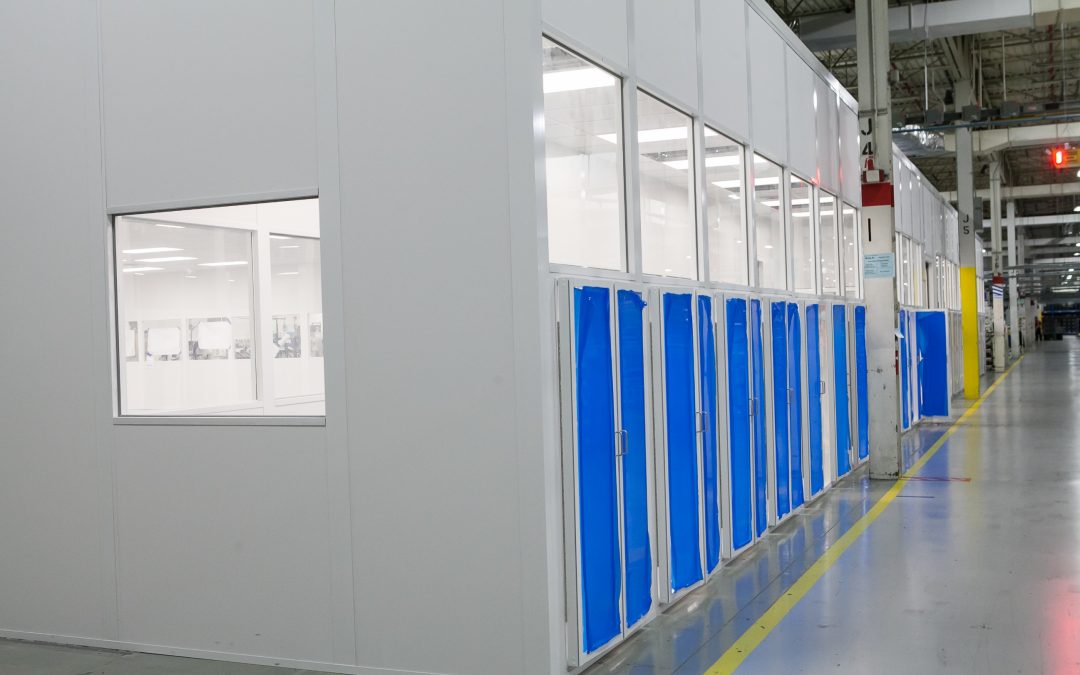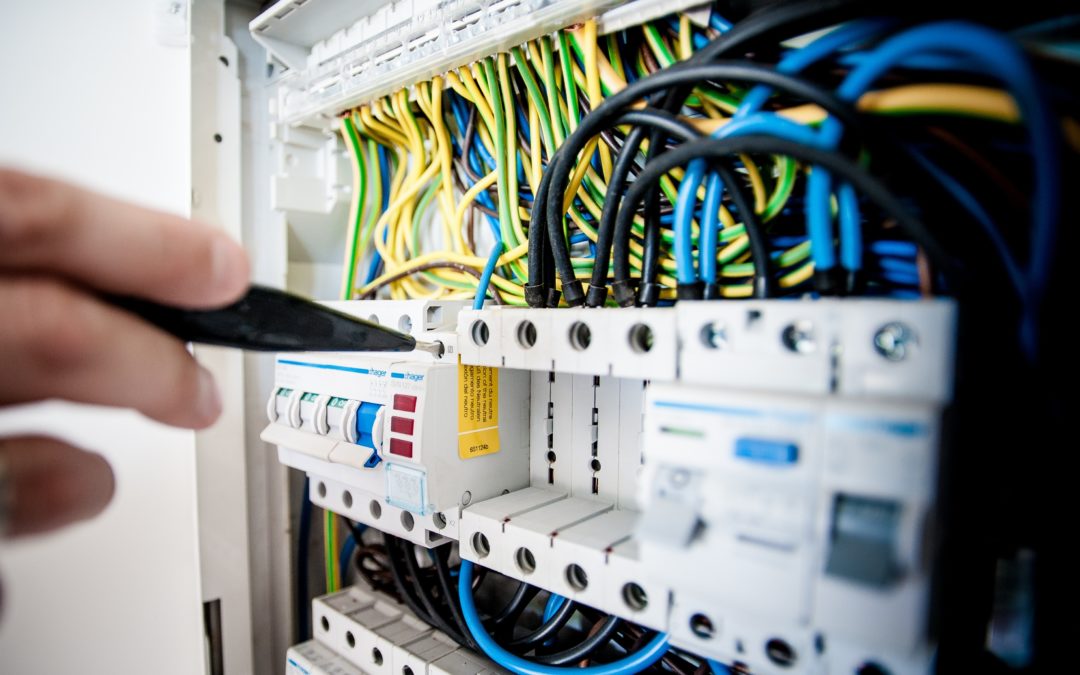
Understanding Cleanroom ISO Classes
Cleanroom classification can be confusing, especially when there are multiple standards used in multiple industries and even multiple types of cleanrooms, and when there is overlap in those standards. Here we’ll focus specifically on ISO classes: what they are and why they matter.
What are the ISO classes?
The ISO classification system has eight classes, ISO Class 8 being the least controlled and ISO Class 1 being the most controlled.
Maximum Number of Particles in Air by Particle Size
| ISO Class | ≥ 0.1μm | ≥ 0.2μm | ≥ 0.3μm | ≥ 0.5μm | ≥ 1μm | ≥ 5μm |
| ISO 1 | 10 | 2 | 0 | 0 | 0 | 0 |
| ISO 2 | 100 | 24 | 10 | 4 | 0 | 0 |
| ISO 3 | 1000 | 237 | 102 | 35 | 8 | 0 |
| ISO 4 | 10000 | 2370 | 1020 | 352 | 83 | 0 |
| ISO 5 | 100000 | 23700 | 10200 | 3520 | 832 | 29 |
| ISO 6 | 1000000 | 237000 | 102000 | 35200 | 8320 | 293 |
| ISO 7 | – | – | – | 352000 | 83200 | 2930 |
| ISO 8 | – | – | – | 3520000 | 832000 | 29300 |
Why does ISO classification matter?
Most laboratory and cleanroom applications require a controlled environment. The level of control depends on both the industry and the specific application. Cleanroom classes serve as a standard that can be easily referenced for the required level of environmental control. Additionally, they serve as a standard for certification to ensure that a cleanroom meets the proper level of control for the industry and the specific tasks performed in that cleanroom.
To create a cleanroom that meets your required ISO standard, contact Angstrom Technology. For more on cleanroom classifications and standards, including Federal Standard 209E, check out our guide.





